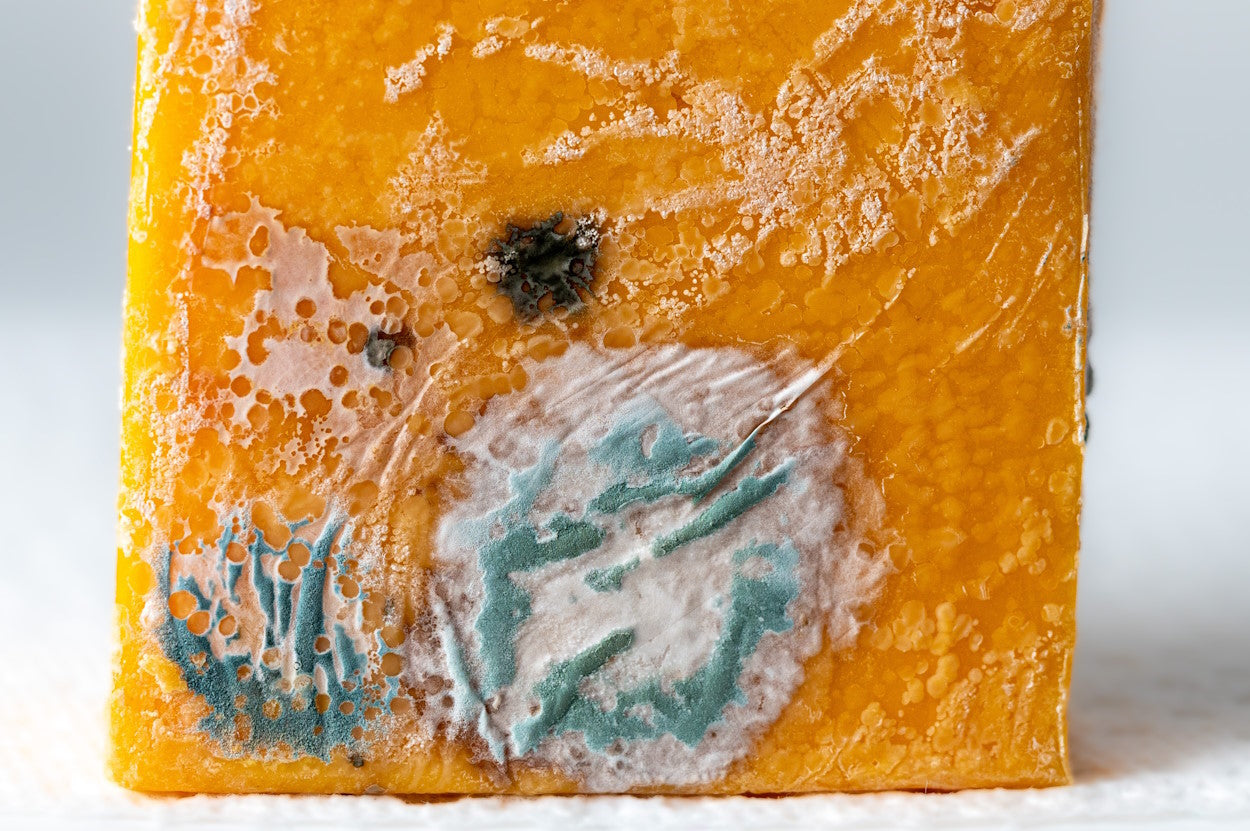Mold plays an important role in nature—it helps break down dead organic matter like fallen leaves or animal remains. Outdoor mold is natural and beneficial. Indoor mold, on the other hand, is a health hazard that’s best avoided with the aid of an air purification device. There are many ways to deal with mold growth in your home, and extreme heat is one of the most tried-and-true ways to kill those pesky spores. Unfortunately, even dead mold can contain dangerous toxins that cause allergic reactions and other health effects. So, after using heat to kill mold, you'll still need to fully remove it from your home.

Can heat kill mold in my home?
Boiling water can kill mold outright (more on this in the next section), but you can’t exactly boil your walls or carpet. However, you may be able to kill mold by heating it enough to dry it out. Most molds can be killed at temperatures of 140 to 160 degrees Fahrenheit, but the effect isn’t immediate. For hot dry air sterilization to completely destroy all mold spores in a room, the entire area would need to be heated to 140 degrees Fahrenheit for three hours. Unless you have professional pest or mold control equipment, that’s probably not a practical solution.
Aside from heating your home to unnaturally high temperatures for hours at a time, making your home hotter could actually help spread mold growth. Generally, air can hold more water at higher temperatures. Since mold needs moisture to grow, turning up your thermostat could speed mold growth by making the air more humid. So, while heat can technically kill mold, it’s probably not the most efficient way to remove mold from your home.
For practical tips on getting rid of household mold, read our Guide to Household Mold Removal.

Can heat kill mold spores on household objects?
Boiling water is great at killing mold spores. If you’re concerned about potential mold growth on items from a room with a known mold problem, you can use the following steps to kill and remove mold spores:
- Thoroughly wash the item with soap and water, making sure to scrub off all visible mold.
- Bring a pot of clean water to a vigorous, rolling boil.
- Place the item in the boiling water, and leave it in for 15 minutes.
- Carefully remove the item from the water and let it air dry.
You should only use boiling water to kill mold on items that won’t be harmed by moisture or extreme heat.

Does heat kill mold on food?
We’ve all been there. You reach into the fridge or pantry to grab a snack only to find it covered in unexpected (and stinky) fuzz. While heat can kill mold, it won’t make moldy food safe to eat. As soon as mold starts growing on food, it produces toxins that can cause allergic reactions and other illnesses. Killing the mold won’t remove these toxins, so eating dead mold can be just as dangerous as eating live mold.
Cutting the mold off usually won’t make the food safe, either. Mold doesn’t just grow on the surface of food; it also spreads root-like structures deep throughout. Even if you cut off the mold, you can still be exposed to harmful toxins in these “roots.”
A handful of foods, like hard salami, hard cheese, and uncooked root vegetables, are too tough for mold to penetrate. They may be safely eaten after the mold is cut off. (In most cases, you need to cut off and discard at least one inch around and below the visible mold growth. You can find more detailed instructions on this USDA fact sheet.)
What about mold on the grill or stove burners?
If you find mold growing on your grill or other cooking surface, you’ll need to get rid of it completely before you start cooking. The best way to do this is to scrub the surface thoroughly with soap and hot water. Yes, you can technically kill this mold with heat too, but you risk producing smoke containing mold toxins. And you’ll still need to scrub the surface off after to remove any remaining debris. If you do fire up your grill to kill off mold growth, you may want to wear a mask to help protect yourself from the smoke.
Header moldy cheese photo by Charles Haacker, moldy orange photo by Nancy Hughes on Unsplash







